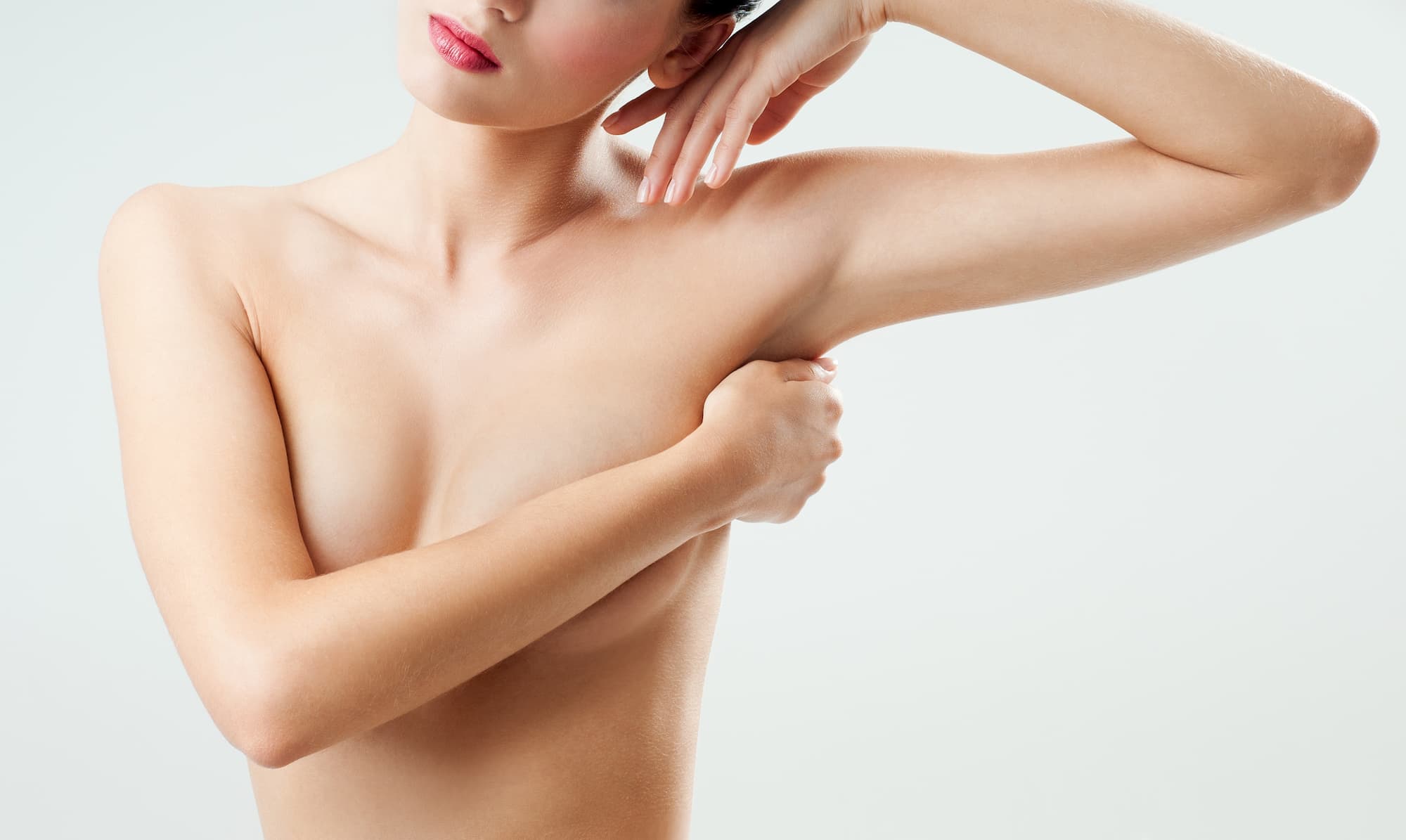Breast Reduction
Breast reduction surgery is a commonly sought cosmetic surgery procedure. Women may wish for a breast reduction for a variety of reasons.
Large breasts may be a hereditary condition that may cause embarrassment in some cases or pain and discomfort, especially around the neck and shoulder areas. In some cases following childbirth, the breasts may become droopy and women may wish to reduce the size of their breasts and reshape them at the same time. If all that is required is a ‘lifting’ of the breasts whilst maintaining the size of the breasts, then a different procedure called a ‘mastopexy’ is indicated. Both breast reduction, as well as mastopexy, lift the breasts with the nipples placed in a more youthful position. I will discuss with you in detail which procedure would be most suitable, taking into consideration what your expectations and desired outcomes are.
Your breast reduction journey
Consultation

During the consultation, I will explore the reasons for you requesting a breast reduction. We will discuss what you expect from the surgery and the ideal size and shape you are hoping to get. Please wear a bra you feel fits you most comfortably. I will examine you and take some measurements that will guide me in giving the correct advice. Things to discuss:
Breasts vary in cup size depending on where you were measured for your bra. Therefore the existing bra size is noteworthy but not entirely indicative of where you are currently. We can aim to achieve a certain size, but I cannot promise a specific bra cup size following surgery.
The Procedure
Breast reduction surgery inevitably involves scars. The position of scars will depend on the type of reduction you will be having. For small reductions, it is sometimes possible to have a scar that runs around the nipple-areola complex (NAC) and down the breast (vertical scar technique). However, for the majority of breast reductions, I use the ‘Wise pattern’ technique, which runs around the NAC, down the front of the breast in a vertical fashion, and across the bottom of the breast in the breast crease. The overall appearance is therefore that of an anchor. However, over time, the only scar that will be visible from the front should be the vertical scar and even this fades with time.
Aftercare

The incision is closed using absorbable sutures. The incision is then covered with a state-of-the-art waterproof dressing which will come off after about 3 weeks.
Recovery
After 3 weeks, wounds have generally healed. You are advised to gently massage the scars as tolerated as this helps to soften, flatten and desensitise them. I would advise massaging the entire breast as well as the scar. You may use any lotion of your choosing, such as E45 or bio-oil. 5 minutes morning and evening for about a year. Make this part of your ‘routine’. Secondly, scars tan faster than normal skin. Therefore avoid exposing the scars to the sun, but if you have to, then apply factor 50 sun block daily, for a year. It takes about a year for a scar to fully mature and caring for your scars in this manner will ensure optimal healing. In some cases, I may advise using silicone gel (such as Kelocote), to be smeared onto the scar daily for a year.

Possible Complications
Other Information

